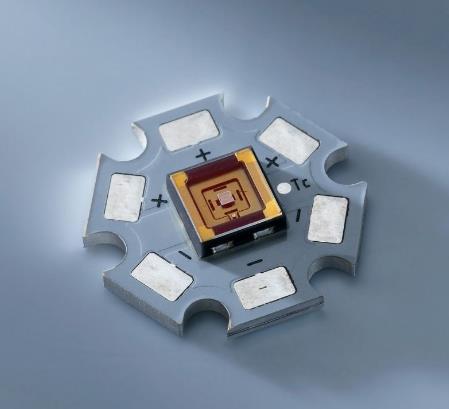
Nichia and Seoul are two of the leading manufacturers of LEDs in the world. Both companies offer a wide range of products, including 365nm LEDs. In this article, we will compare the two companies’ offerings in terms of performance, price, and features.

Performance
- Nichia is known for its high-performance LEDs. The company’s 365nm LEDs offer a wide range of output power options, from 10mW to 1000mW. They also have a high CRI (color rendering index), which means that they produce accurate colors. Seoul’s 365nm LEDs are also high-performance, but they offer a narrower range of output power options. Their CRI is also slightly lower than Nichia’s.
Price
- Nichia’s 365nm LEDs are generally more expensive than Seoul’s. This is due to the company’s focus on high-performance products. However, Nichia’s LEDs are also more reliable and have a longer lifespan. Seoul’s LEDs are a good value for the price, but they may not be as durable as Nichia’s.
Features
- Nichia and Seoul both offer a variety of features in their 365nm LEDs. Nichia’s LEDs have a number of features that make them ideal for use in medical applications, such as a high output power and a narrow emission spectrum. Seoul’s LEDs also have a number of features that make them ideal for use in a variety of applications, such as a high CRI and a wide emission spectrum.
Conclusion
- Nichia and Seoul are both leading manufacturers of 365nm LEDs. Both companies offer a wide range of products with different performance, price, and feature sets. Ultimately, the best choice for you will depend on your specific needs and budget.
Additional Information
- In addition to the information provided above, here are some additional things to consider when choosing between Nichia and Seoul 365nm LEDs:
- Application: What will you be using the LEDs for? If you need high-performance LEDs for medical applications, Nichia is the better choice. If you are looking for a more affordable option for general use, Seoul is a good choice.
- Budget: How much are you willing to spend? Nichia’s LEDs are more expensive than Seoul’s, but they offer better performance and reliability. Seoul’s LEDs are a good value for the price, but they may not be as durable as Nichia’s.
- Features: What features are important to you? Nichia’s LEDs have a number of features that make them ideal for use in medical applications, such as a high output power and a narrow emission spectrum. Seoul’s LEDs also have a number of features that make them ideal for use in a variety of applications, such as a high CRI and a wide emission spectrum.
Some of the advantages of NICHIA’s 365nm UV LEDs over Seoul’s are:
- Higher power and intensity for more effective curing and inspection
- Longer lifetime for lower maintenance costs and higher reliability
- Better thermal management for lower heat generation and higher efficiency
Some of the disadvantages of NICHIA’s 365nm UV LEDs compared to Seoul’s are:
- Higher cost for initial purchase and operation
- Larger package size for more space requirement and lower integrationLower availability and accessibility for customers outside Japan

